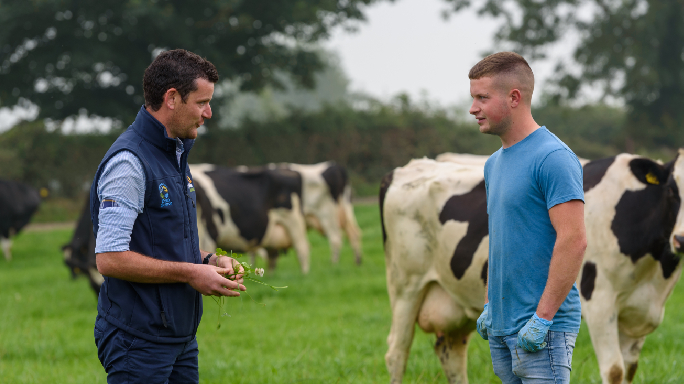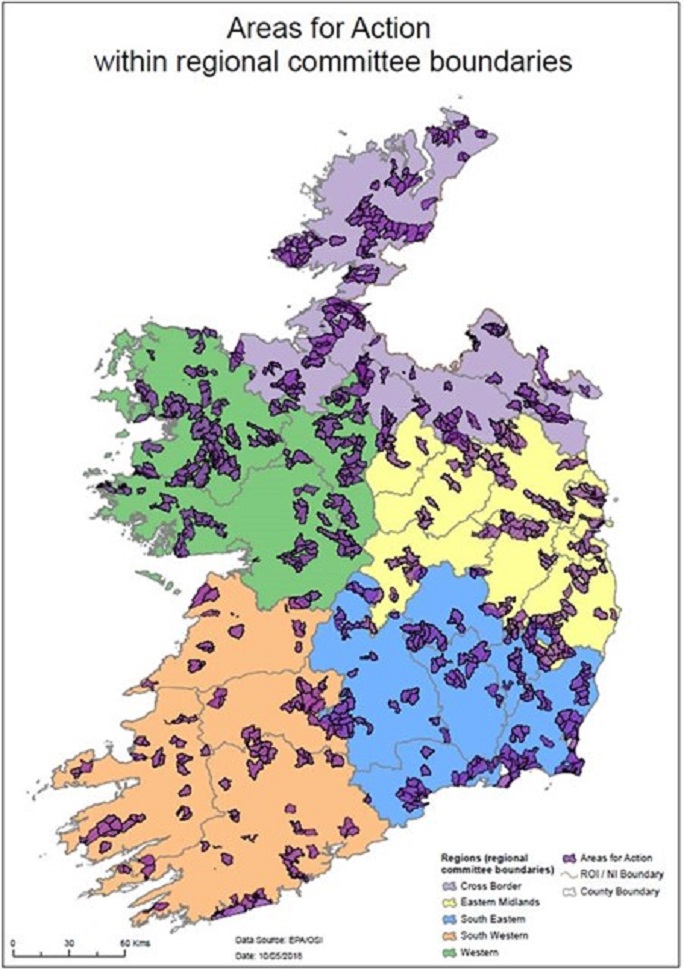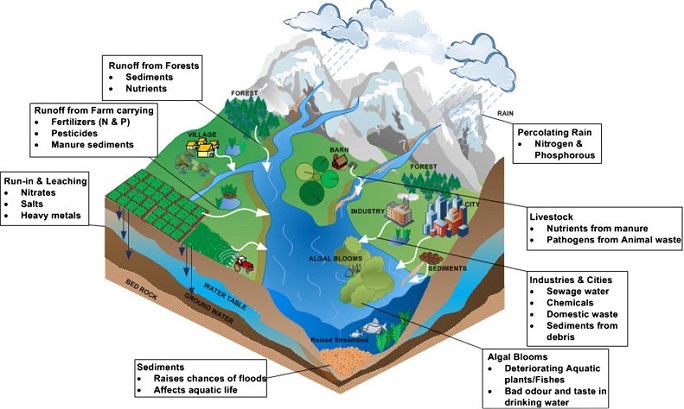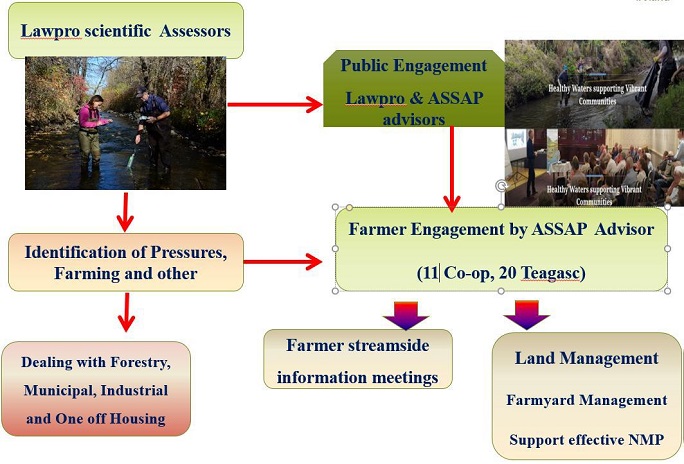ASSAP update – June 2021

As of May 17th Glanbia Ireland have returned to carrying ASSAP visits in line with government health and safety guidelines. The ASSAP program is a free confidential, advisory programme aimed at improving water quality
The national River Basin Management Plan has identified 190 (see below) Priority Areas for Actions (PAA’s) where water quality improvements are required. There are 59 PAA in Glanbia Ireland’s supplier catchment area. ASSAP is part of a national approach which aims to unite the entire community and work with all sectors of our society to improve water quality for everyone’s benefit.

What to expect in an ASSAP visits
There are three key areas discussed on an ASSAP visit are as follows:
- Improved nutrient management with more targeted use of slurry and organic manures
- New approaches to reduce nutrient losses in critical source areas by putting the right measure in the right place
- Improved farmyard management and practices
The advisor will have the relevant information in relation to what are the pressures for the local waterbody, for example, elevated Nitrates and Phosphate levels in the water or excess sedimentation. We will discuss the findings with the farmer and how the ASSAP programme works. The advice will be designed to ‘break the pathway’ and reduce nutrient pollution to our waterways. Everything discussed during an ASSAP visit is confidential. As the visit draws to a close the advisor and the farmer will agree on where the farmer should implement measures, if they are required to reduce any potential impact that they may be having on the waterbody.

No Waterbody on the farm- can it still effect water quality?
Some farms may not have any obvious or large waterbody located on their farm. However there may be some drains present, such as ‘Dry Drains’ that is a potential pathway for nutrient loss. Nutrients have different pathways to our waterbodies and that is why, even where there is no waterbody present that farm, that they can still have an impact. This is the case in areas where there is elevated levels of Nitrogen (N) in the waterbody. N can be highly mobile as it does not bind well to the soil, particularly in free draining soil. It is very unstable and is easily leached to groundwater which then feeds into our rivers and can make up a significant volume of the waterbody especially during drier months.

Tips for Improving Water quality
- Soil Fertility Grasslands release up to 80kg/ha once soil pH is at 6.3, maintaining soil pH will increase nutrient use efficiency and reduce the risk of nutrient losses to water. Excess nutrients in our waterbodies such as Nitrogen and Phosphates not only has a negative impact on waterbodies but also on the economic activity on the farm, as valuable nutrients are not used up by the sward. Correcting soil pH allows the soil biology and earthworms to thrive and break down plant residues, animal manures and release nutrient’s required for healthy plant growth.
- Targeted use of Slurry and use LESS Slurry is a valuable source of nutrients with a 1000g of slurry spread using LESS is equally to a bag of 9-5-30, Cut back on chemical fertiliser accordingly where slurry has been applied. Avoid spreading slurry before heavy rainfall and maintain buffers of 5m for slurry & 2m for fertiliser and don’t forget to double the buffer zone to 10m for slurry for the first weeks after the closed period. Ideally spread in dry fields away from waterbodies during early spring.

What happens following the farm visit?
Following the farm visit, and after discussing the options with the farmer we try and agree actions that the farmer is willing to put in place to help and reduce any impact they may be having on their local waterbody and to try and improve the quality of the water, in most cases these may be practical measures such as adhering to a buffer along a waterbody, identifying a critical source area (CSA) such as a part of a field sloped towards a stream where slurry applications may be best avoided. Recommendations could also require some investment such as additional slurry storage facilities, fencing of streams etc. We will then send a report to the farmer following the visit outlining what was discussed and some of the agreed actions on the day.
For further information or any other queries in relation to the ASSAP programme please don’t hesitate to contact either of our two Glanbia Ireland ASSAP advisors: Tj Phelan: 086 4104232 Andrew Geraghty: 086 0364499
Tagged with: Dairy
